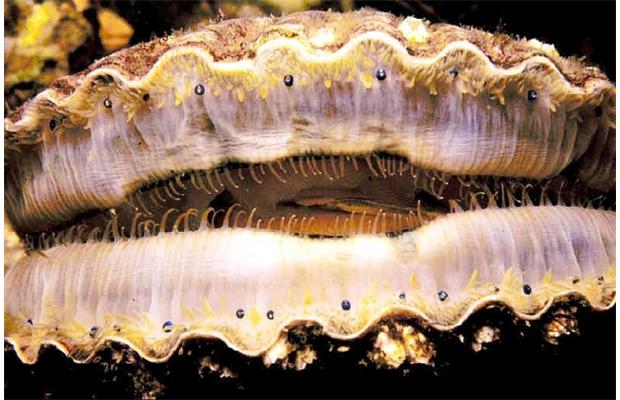Podcast: Play in new window | Download
Subscribe: RSS

Ocean acidification is taking a heavy toll on the world’s shellfish, especially in the Pacific Northwest.
Climate change is not the only threat posed by the exploitation and pollution of the natural world, it is not even necessarily the one that’s going to bring the industrial world down. Many afflictions are competing for that distinction, and one of them — ocean acidification — has a good shot. The waters of the Pacific Northwest off Washington State and the Canadian province of British Columbia have become so acidic that the once-thriving shellfish industry there is on life support. Since nothing whatsoever is being done about the root cause of the problem — emissions of carbon dioxide from the combustion of fossil fuels — it is not reasonable to expect a solution.
When ocean water absorbs carbon dioxide from polluted air, it becomes more acidic. It is happening world wide, with increasing effects on corals, for example. The Pacific Northwest, for some reason, is a hot spot of acidification that is decimating the shellfish there because the acidic water interferes with their ability to form a protective shell and makes them vulnerable to predation and infection. The latest example, according to the Vancouver Sun, is the death last month of ten million farmed scallops in the waters of British Columbia.
But it’s only the latest example. Oysters and scallops, both farmed and wild, have been dying in increasing numbers for ten years. The B.C. Shellfish Growers Association says mortality rates among farmed shellfish reached 90 per cent last year. And billions of wild oysters died shortly after hatching last year in Pendrell Sound. Just one producer — Island Scallops — has lost ten million scallops in two years. “I am not sure we’re going to stay alive and I’m not sure the oyster industry is going to stay alive,” said Rob Saunders, CEO of Island Scallops.
Slowly, surely, the consequences of industrial abuse are tightening strictures on the food industry until the unforeseen consequences look less like constraints and more like garrotes.